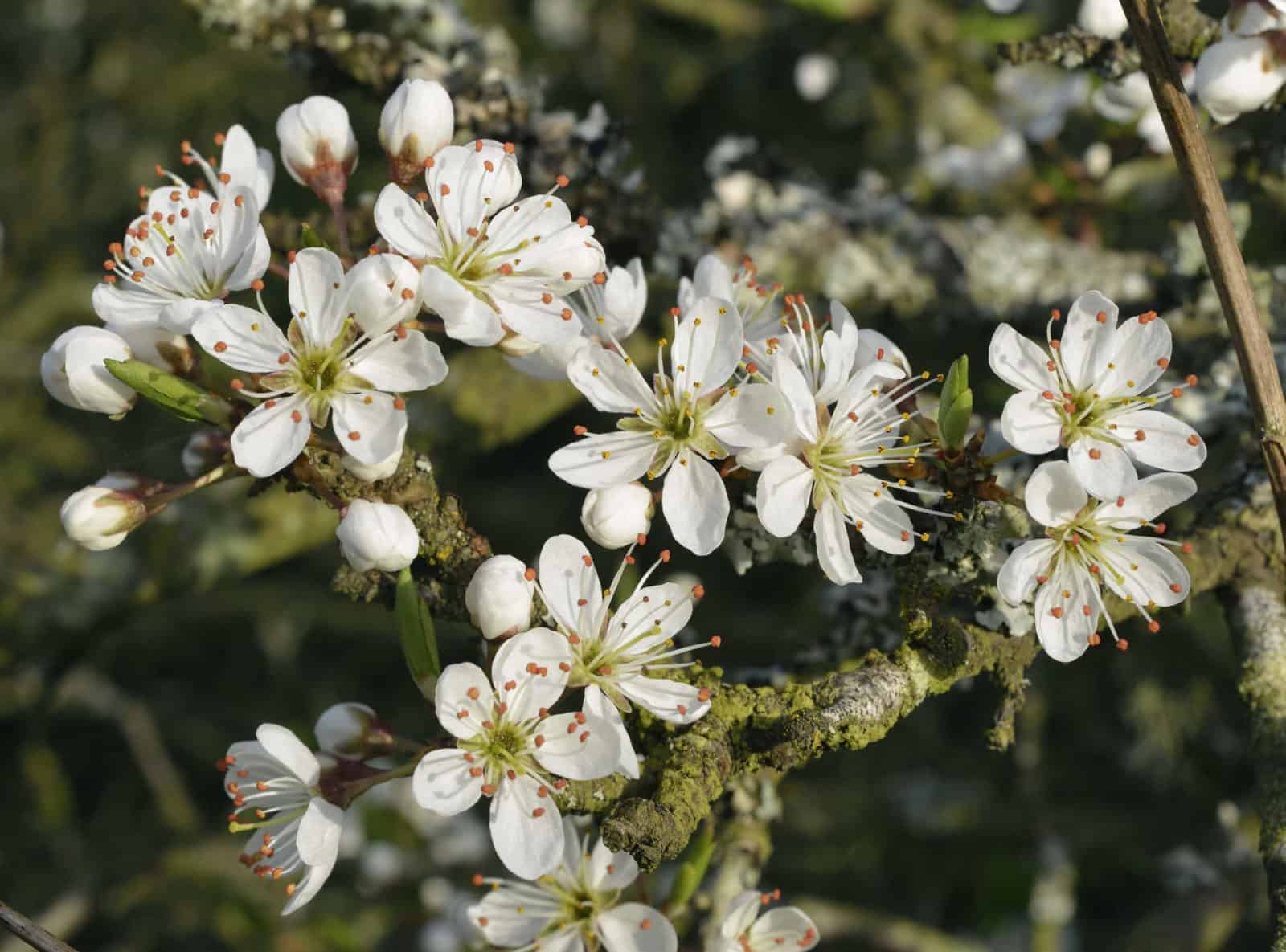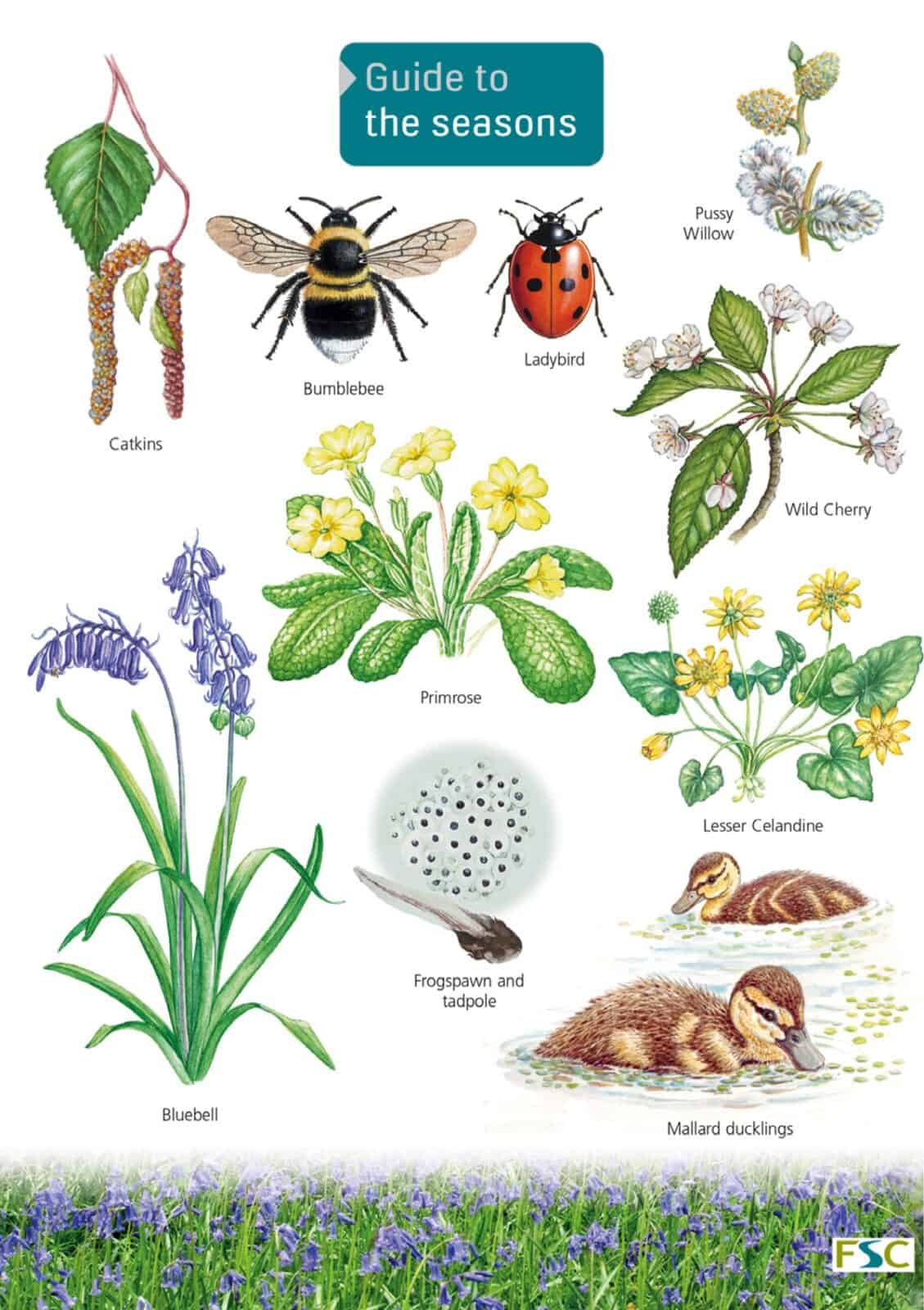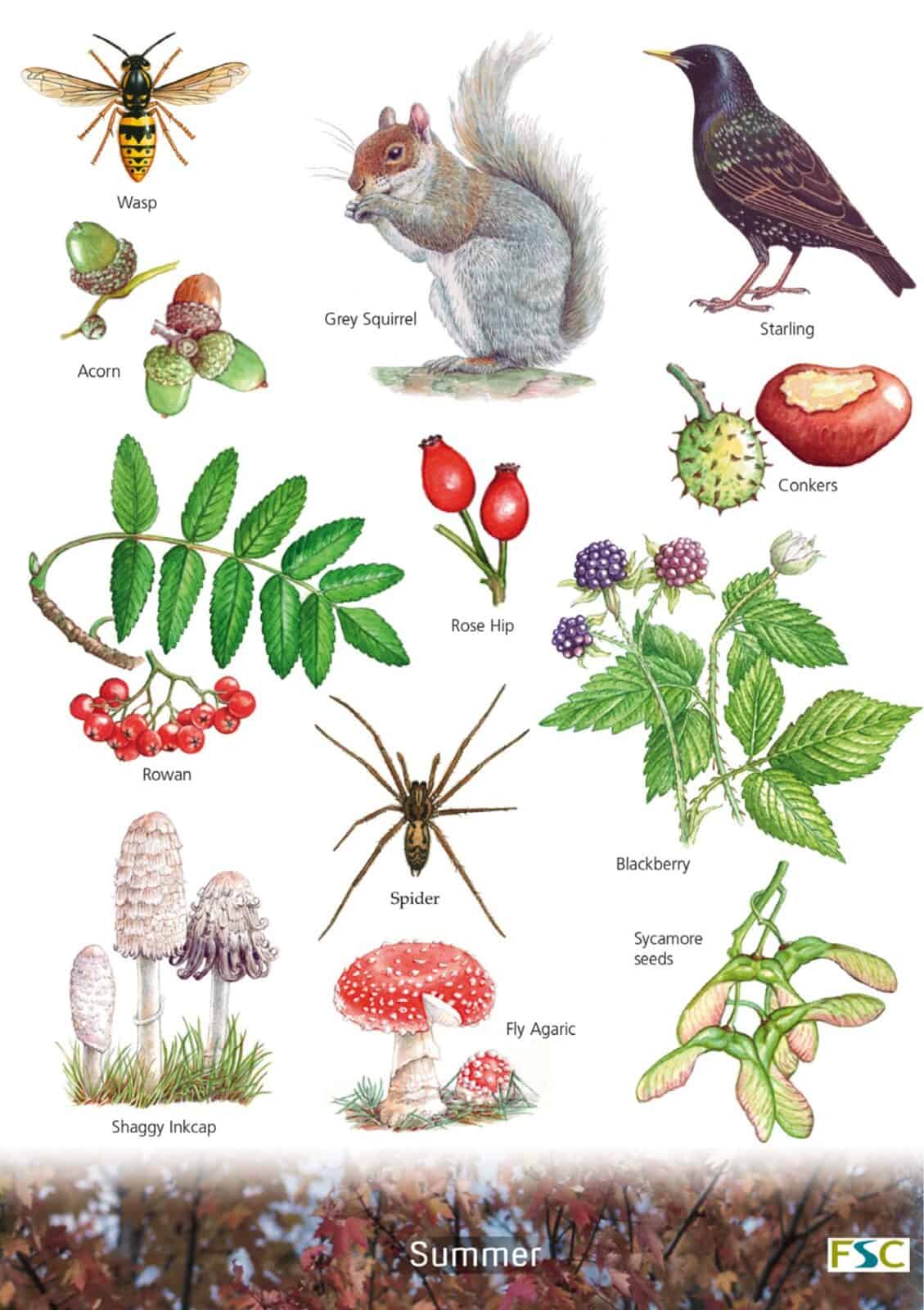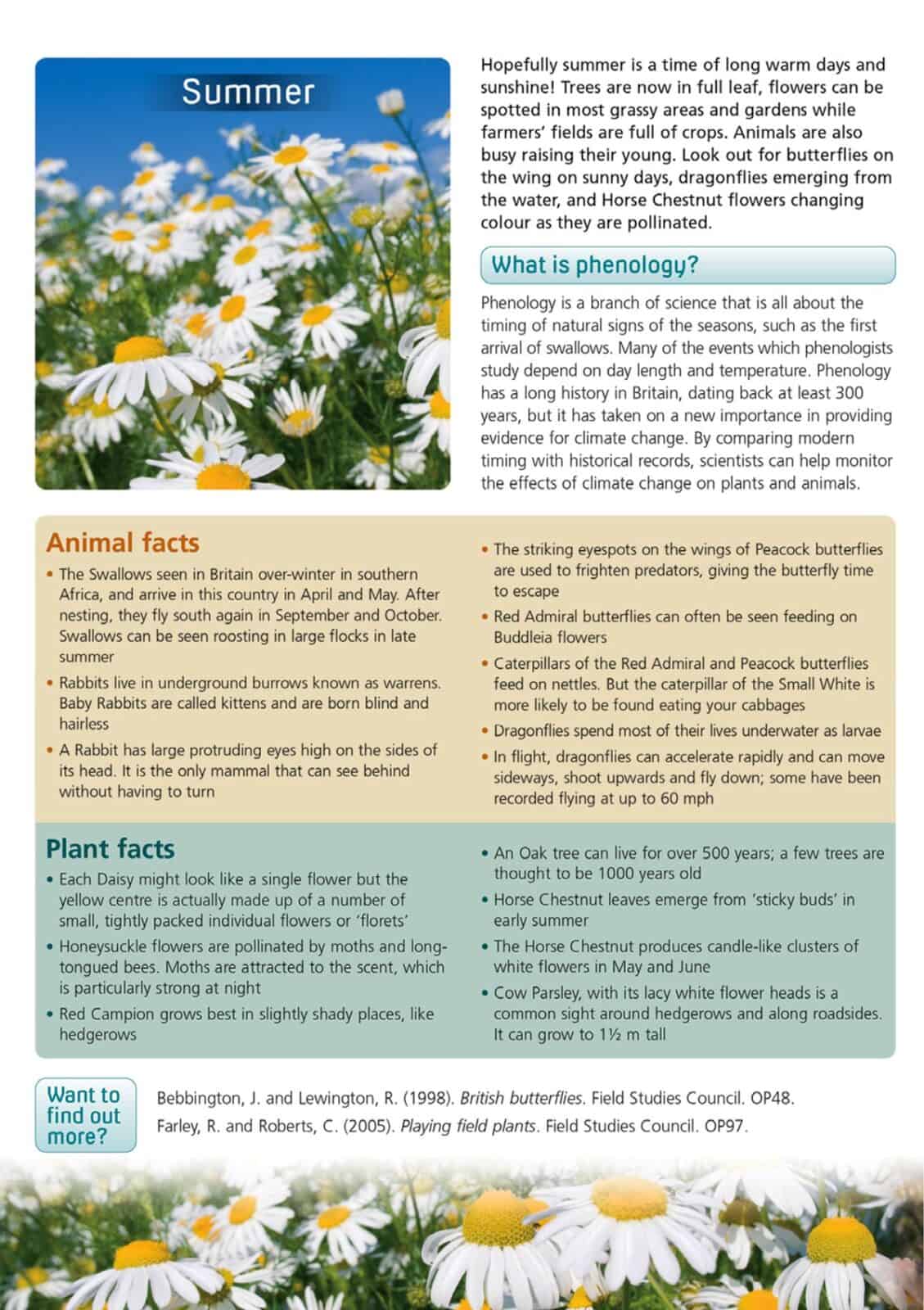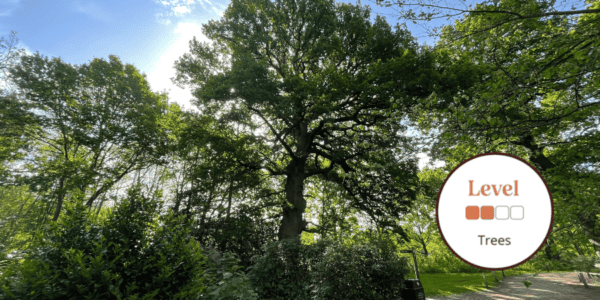Seasons guide
From catkins in spring to redwings in winter, the FSC Seasons guide features plenty of wildlife to look out for in each season of the year. This guide is especially suitable for younger children.
There are four seasons in Britain, and elsewhere in the mid-latitudes. Seasons are caused by the tilt of the Earth’s axis as it orbits the sun. This tilting means that different parts of the Earth face towards the sun at different times of year. In each of the earth’s hemispheres, summer happens when it is facing towards the sun. By contrast winter happens when it is facing away from the sun.
Spring is time for the first flowers, and for animals to wake from hibernation. Look out for catkins, pussy willow, frogspawn at the edge of ponds and ducklings in rivers, ponds and cansls. Hopefully summer is a time of long warm days and sunshine. Look out for butterflies flying on sunny days, dragonflies emerging from the water, and horse chestnut flowers changing colour as they are pollinated.
Then autumn is a season for fruits and seeds. Look out for the bright red fruits of rowan and the fruiting bodies of fungi suddenly appearing after a raining night. Winter is the hardest time for animals. Low temperatures and short days mean that there is little time to gather food. But there is still wildlife to spot, from the ripe fruit of ivy in midwinter to birds feeding on bright berries. Finally the green leaves of snowdrops emerging from the soil herald the coming of spring once again.
Use the Seasons guide to explore wildlife and nature throughout the year.

